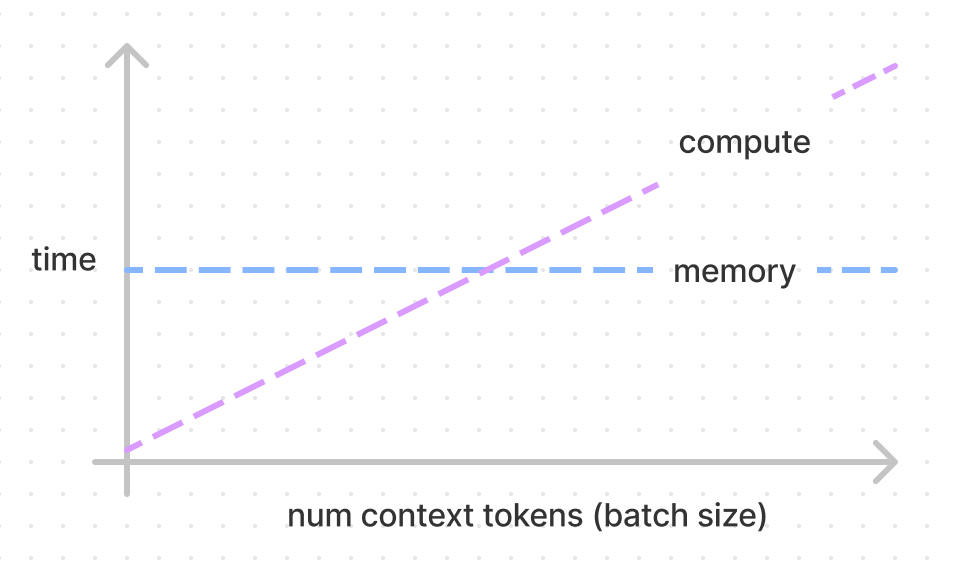Hi @michaelroyzen , thanks for reporting this. In the build phase, TensorRT will try many different tactics and it’s ok if some of them fail due to OOM. It does not mean that the engine will be slower.
If the performance is not where you’d like it to be, I encourage you to share a command to reproduce the perf issue. You can use this GitHub issue or reach out directly and we’ll investigate together.
Regarding the documentation, if you have a concrete suggestion of how to improve it. It’s more than welcome. ;)
Thanks, Julien

On machines with either 8x A100-80GB or 8x H100, I'm getting many tactic out of memory issues during the build.
The tactic says it requesting 530000 MB while the GPU has 80GB, yet I only observe ~10GB in GPU memory utilization during the build.
Here is my script:
The same issue happens for much smaller input and output lens as well, which suggests that isn't the issue.
Phind-CodeLlama-34B is a standard 34B Code Llama that has been fine-tuned but is architecturally identical and is available here: https://huggingface.co/Phind/Phind-CodeLlama-34B-v2.
--builder_opt=5for max optimizations but that model fails to load into the Triton backend completelyThe documentation here could be improved -- I'd love to know what I can do to get the most optimized model possible @byshiue.